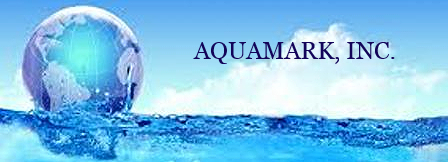

Searching
AQ 200 Series
AQ 200 * AQ 202 * AQ 203 * AQ 204 * AQ 205
AQUAMARK 200 Series is a liquid cationic polymer of differing molecular weights which work effectively as primary coagulants and charge neutralization agents in liquid-solid separation processes in a wide variety of industries. The chemistry range available ensures there is a product suitable for each individual application.
Advantages
- Economical to use
- Effective at low dosage levels
- Unaffected by pH of the system
- Resistant to Chlorine
- Moderate to high molecular weights for specific
- Capable of dired feed - simplifies handling equipment, dilution feed, and application.
- Can replace or reduce inorganic salt use immediately soluble at all concentrations.
Principal Uses
The AQ 200 Series coagulants are highly effective cationic polymers recommended for the following liquid-solid seperation processes:
Water Clarification - improves influent, process and effluent water quality by reducing color, suspended solids and turbidity.
Dissolved air flotation - result in clearer subsistent increased float solids, and grater thoughout.
Belt filter
Centrifuge
Screw press de-waterig - for use as the Primary coagulant in dual polymer programs to increase production rates,cake solids and solid capture.
Filtration - improve filtered water quality and plant throughout.
The above are the primary applications for these products. These products may be benificial in any liquid-solid separtaion process.
Application
AQ 200 Series - AQUAMARK sales representative. Coagulants should be metered to the system by use of a corrosion resistant, positive displacement pump. For maximum effectiveness, add dilution water at a ratio of at least 10:1. Best results are obtained by dispersing feed stream and promoting high turbulence for rapid mixing beyond the application point. Maximum residence time before the separation process yields improved efficiency.
Health and Safety
AQUAMARK Safety Data Sheet for complete safety, health and environmental data. These products can irritate the eyes and skin. Rubber gloves, goggles and protective clothing are recommended for use while handling. They are not actually toxic by oral and dermal administration to laboratory animals, though eye irritation did result.
Handling and Storage
Recommended materials of construction include stainless steel, fiberglass, plastic and glass or epoxy-lined vessels. Do not use iron, copper or aluminum. Spilled polymer is slippery and should be flushed with water. The shelf life of these products is 12-24 months when stored at temperatures between 5-300 C. If the material freezes, thaw and mix before use.
